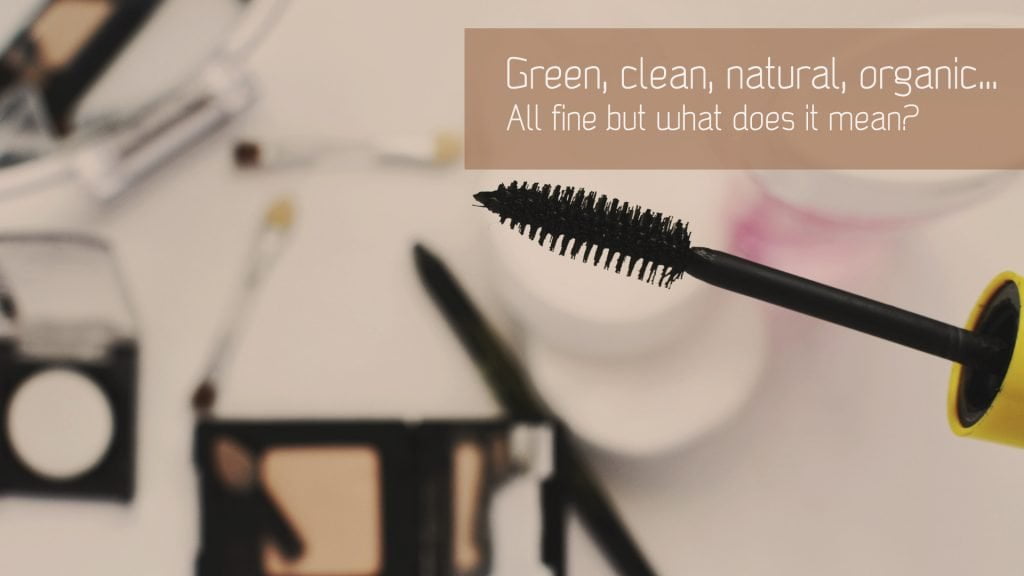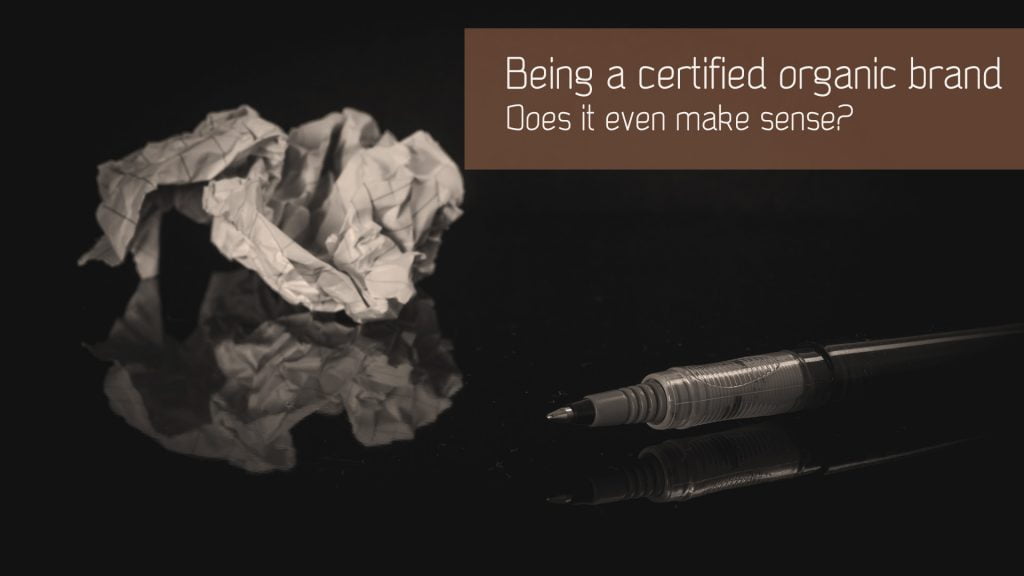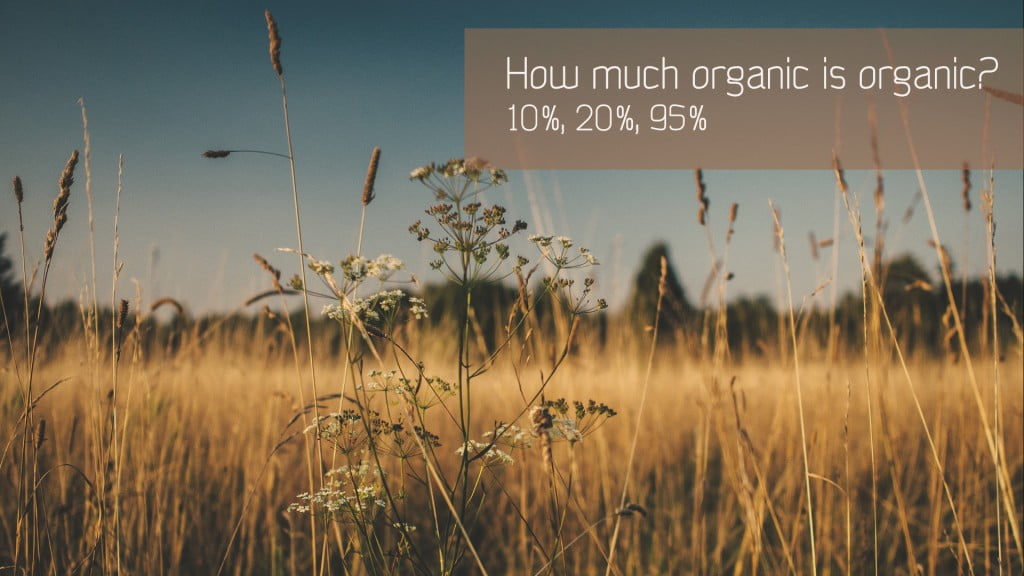The laws that regulate the making and selling of cosmetics in Europe are very strict. What people often ignore is that organic cosmetic products, although natural, are still legally considered the same as conventional products. They must therefore abide by the same laws and general processes in order to be legally sold to the public.
On top of that, certification bodies like Ecocert and Bureau Veritas (in France) are there to make sure that organic cosmetics comply with another set of rules specifically created to verify the authenticity of the brands’ engagement in producing organic.
In short, organic cosmetics have to 1. comply with the laws all cosmetics are subjected to, 2. comply with additional rules specifically created for the organic industry.
The entire process would be too long to write in just one article. We will break it up and will let you know, part by part, how it works.
Formulating
Everything starts with a formula. Brands and their formulators are legally free to put anything they want inside a formula, as long as it is not a prohibited or controlled substance. However, in the organic industry, the very choice of the ingredients must be validated by an official certification body (Ecocert, Soil Association, BDIH, etc.).
These bodies make sure that the processes of production and/or extraction of the raw material are compatible with the rules. To do so, they review the technical and security data of the ingredient when it is simple (like an oil). They also review the entire processes when a more complex extraction is needed (like with most actives : hyaluronic acid, ceramides, etc.).
If an ingredient is found to not comply 100% it is excluded and no product with that ingredient can be certified organic.
For example, PEGs themselves are not dangerous and they can be from natural sources. But the process to obtain them implies the use of a chemical that is a pollutant. It is not compatible with the values of the organic industry. PEGs are therefore exclude from being used in certified organic cosmetics.
Another example, with simpler ingredients. A formulator has a choice between two producers of coconut oil. One producer extracts the oils with a machine that does just that. The other producer extracts the oil with a machine that also handles an ingredient that is not allowed in organic cosmetics. The first coconut oil will be accepted. The other one will not because it might be contaminated with that unauthorized ingredient.
The formulator is therefore not completely free to work with anyone he wants to work with. His/her choice must be validated. And if it is not, then she/he needs to keep looking for another supplier, or change the formula.
That was the first step. Do you want to know more ? If so, please leave your address below.
If you want to react to this, please leave us a comment or tag us on Twitter: #AntoninB #Cosmetics







